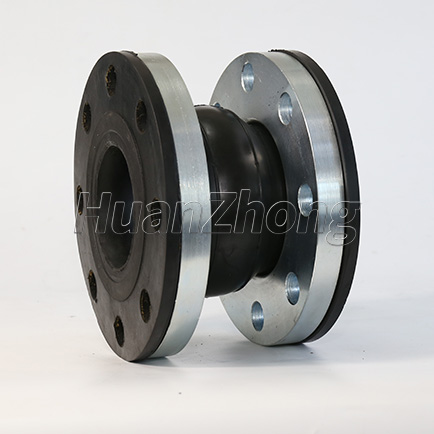Noise reduction capability of KXT bendable rubber joints
Noise reduction capability of KXT bendable rubber joints
KXT bendable rubber joint is a high performance pipe joint which achieves excellent noise reduction capability by using special rubber materials and optimized design and manufacturing. Noise reduction capability is one of the important features of KXT flexural rubber joints, which is of great significance to the operation and management of industrial pipelines.
The noise reduction capability of KXT flexural rubber joints is related to their internal bendable structure. This structure is able to bend and twist and absorb the impact force and pressure generated during the operation of the pipeline by setting elastic joints inside the rubber joint, thus reducing the possibility of the pipeline due to pressure loss and noise generation. In addition, KXT bendable rubber joint also ensures the sealing performance of the joint by setting sealing rings at both ends of the rubber joint, thus further reducing the noise generation.

In industrial pipelines, noise is often generated due to the movement of liquid or gas inside the pipeline. kxt flexural rubber joints achieve the control of the freedom of liquid or gas inside the pipeline by setting multiple rubber joints inside them, thus reducing the noise generation. For example, in industrial pipelines, the movement of liquid or gas may cause the pipeline to vibrate and resonate, thus increasing the noise inside the pipeline. kXT flexural rubber joints achieve control of the pipeline movement by setting multiple rubber joints inside the pipeline, thus reducing the noise generation.
Finally, the noise reduction ability of KXT bendable rubber joints is also related to its brand and model. Different brands and models of KXT bendable rubber joints may differ in terms of noise reduction ability. Therefore, when choosing rubber joints, it is necessary to select the suitable model and brand according to their specific pipeline conditions and needs.
